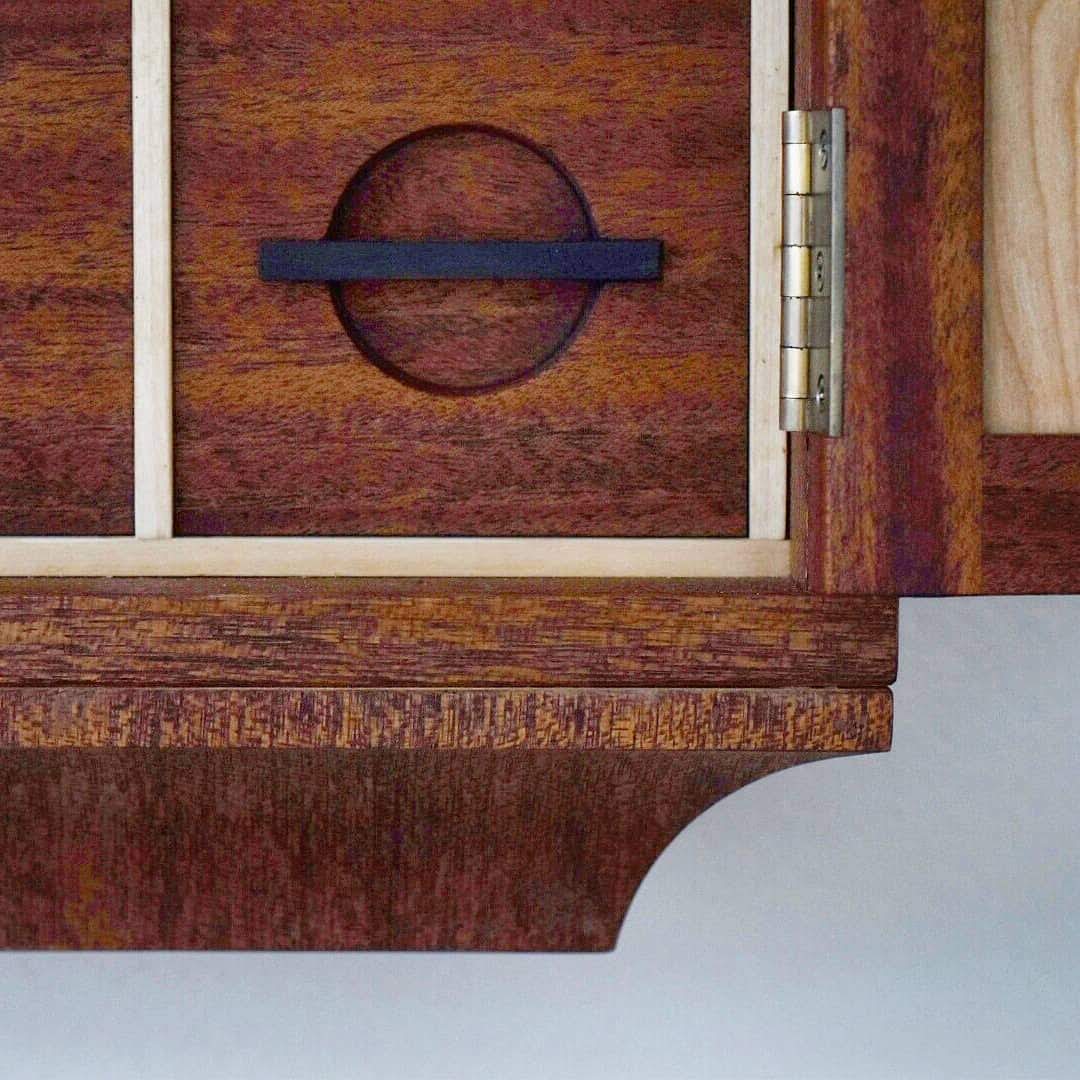Crippled by Sight

Because the back of your eye, where all the rods and cones are, is a curved plane, your sense of sight is technically 2D. Depth perception is something you have to learn with experience. It's not inherent in the information that comes with having two eyes.
Case in point: some people are born blind due to cataracts. Later in life, some of those people undergo a surgery to remove the cataracts. Upon seeing the world for the first time, they will often try to reach out for things they can see, not understanding how far away they are. If the things are "touching" their eyes, why can't their hands reach them? It takes a long time before depth perception is learned.
Sometimes we have the impulse to pity blind people. We assume they have to grope around to get a fraction of the same information we get just by glancing at something. But that's not true. Blind people get a lot of information by touch, and it turns out that your senses of sight and touch don't overlap. Knowing how something looks and how it feels are totally different sets of information. So much so that those cataract patients, when presented with something they have touched thousands of times, will have no idea what it is when they see it, not even simple things like cubes and spheres.
So now the question is, what information are you missing about all the things you've looked at without mindfully touching? There are thousands (millions!) of things that you have a clear (2D) mental image of. But what problems could you solve, what things could you make, if you knew exactly what 1/16” feels like, or what a double convex curve of a certain radius feels like, or what a low-relief acanthus feels like? Perhaps some of the difficult parts of executing complex curves and organic compositions with a mind that stores most of its information in 2D wouldn't be so difficult (or intimidating) if we spent more time touching and less just looking, teaching ourselves to "see" (through our fingertips) in 3D as well.




